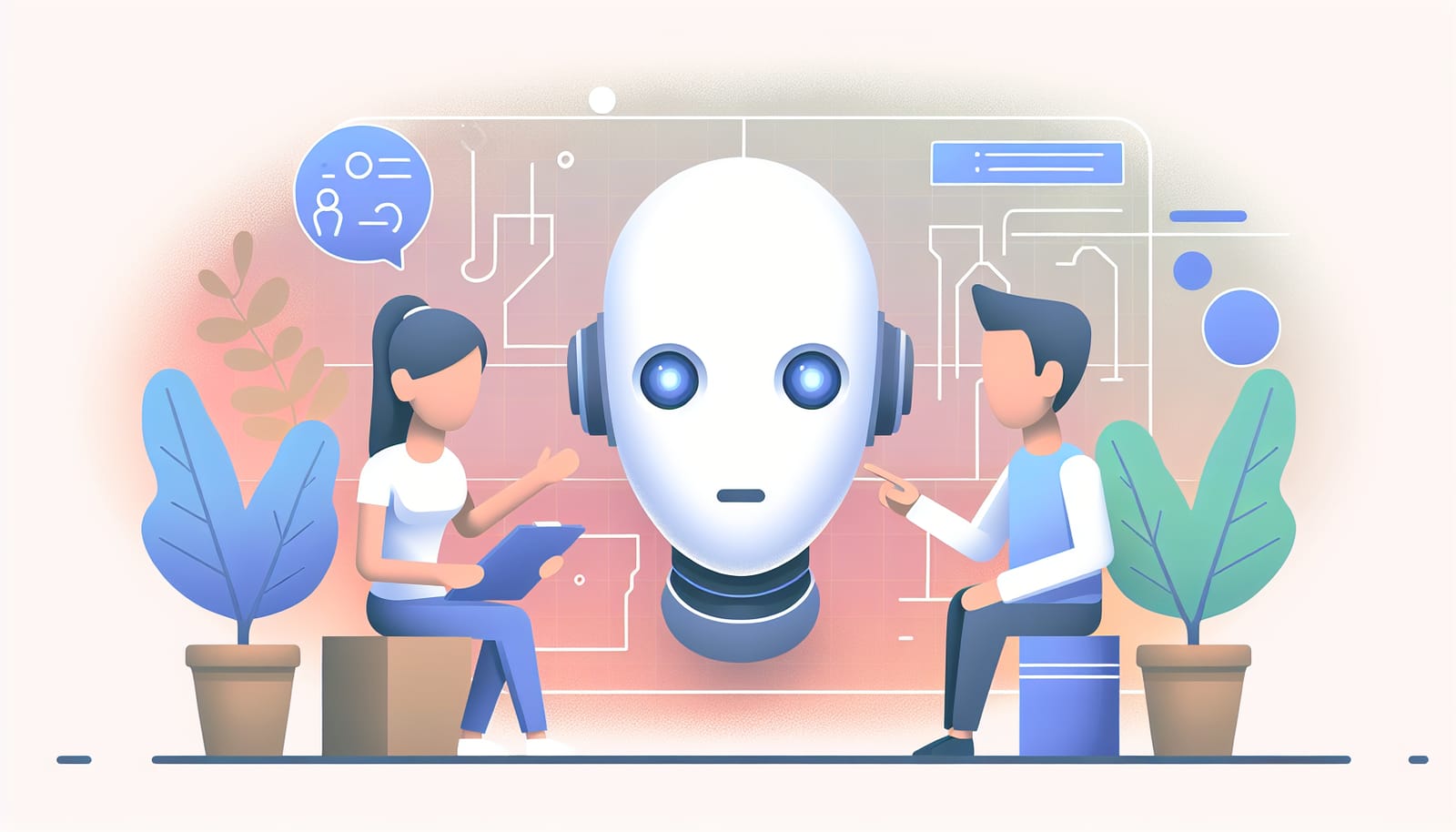In the ever-evolving landscape of technology, artificial intelligence (AI) often feels like a magical tool that can predict the future. Many people imagine it as a crystal ball, offering clear insights into what will happen next. However, while AI has remarkable capabilities, it is crucial to understand that it isn’t a crystal ball. Instead, it is a sophisticated tool that analyzes data to provide insights and forecasts. In this article, we’ll explore the fascinating world of predictive analytics and clarify some common misconceptions about AI.
What is Predictive Analytics?
Predictive analytics is a branch of data analytics that uses historical data, statistical algorithms, and machine learning techniques to identify the likelihood of future outcomes. It is widely used across various sectors, including healthcare, finance, marketing, and sports. The goal is to turn data into actionable insights, but it’s important to remember that these insights are not certainties; they are educated guesses based on patterns observed in the data.
Imagine you have a garden. If you notice that your plants grow best with a lot of sunlight and regular watering, you can make predictions about how your garden will perform based on those conditions in the future. Predictive analytics works in a similar way, using data to help make informed decisions.
The Magic of Data
At the heart of predictive analytics is data. The more data you have, the better the predictions can be. Think of data as the ingredients in a recipe. If you have a diverse range of high-quality ingredients, you can create a delicious dish. However, if you use only stale or spoiled ingredients, the outcome will be less than appetizing.
In the world of AI, data comes from many sources, including social media, customer purchases, sensors, and more. By analyzing this data, AI can identify patterns and trends. For example, an online store might analyze previous purchases to predict what products a customer is likely to buy next. This allows businesses to tailor their marketing strategies and improve customer satisfaction.
How Predictive Analytics Works
Predictive analytics operates through a series of steps. Here’s a simple breakdown:
- Data Collection: Gather relevant historical data from various sources.
- Data Cleaning: Remove errors and inconsistencies to ensure accuracy.
- Data Analysis: Use statistical and machine learning techniques to identify patterns.
- Model Building: Create a predictive model based on the analyzed data.
- Testing and Validation: Evaluate the model’s accuracy by comparing predictions to actual outcomes.
- Implementation: Use the model to make predictions and inform decision-making.
This process is much like training for a sport. You gather data (like practice sessions), refine your skills (like cleaning and analyzing the data), and then apply what you’ve learned in a game (making predictions).
Common Misconceptions About AI
Despite its capabilities, many myths surround AI and predictive analytics. Let’s bust a few of these misconceptions:
AI Can Predict Anything Accurately
While AI is powerful, it cannot predict everything with absolute certainty. Predictive models can suggest probabilities based on trends but are subject to various factors, including unexpected events (like a pandemic). Just like weather forecasts, predictions are educated guesses that can change.
AI Replaces Human Judgment
Another common myth is that AI will replace human decision-making. In reality, AI complements human judgment. It provides insights and suggestions, but humans are still essential for interpreting those insights and making final decisions. Think of AI as a helpful assistant that provides data-driven suggestions.
AI Does Not Require Oversight
Some believe that once an AI system is in place, it runs itself without any need for human involvement. This is not true. AI systems require continuous monitoring and updates to ensure accuracy and relevance. Regularly checking the data and refining the models helps maintain their effectiveness.
The Bright Future of Predictive Analytics
The potential applications of predictive analytics are endless. Businesses can utilize this technology to improve operations, enhance customer experiences, and drive innovation. In healthcare, predictive analytics helps identify patients at risk of certain conditions, allowing for early intervention. In finance, it can assist in fraud detection by recognizing unusual spending patterns.
Moreover, as AI technology continues to advance, we can expect predictive analytics to become even more sophisticated. This will open new doors for businesses and individuals alike, allowing for better decision-making and improved outcomes.
Conclusion: Embracing the Reality of AI
While AI is not a crystal ball, it is an incredible tool that can help us make sense of the complex world around us. By understanding how predictive analytics works and what it can—and cannot—do, we can harness its power to improve our lives and decision-making processes.
As we move into the future, embracing the capabilities of AI while recognizing its limitations will be essential. Whether you’re a student, a professional, or simply curious about technology, understanding AI and predictive analytics can empower you to make informed decisions in an increasingly data-driven world.
So, the next time someone refers to AI as a crystal ball, remember the truth: AI is a sophisticated tool that helps us understand patterns in data, guiding us toward better choices without guaranteeing a perfect outcome. With the right approach, we can unlock the full potential of AI and predictive analytics to shape a brighter future.


